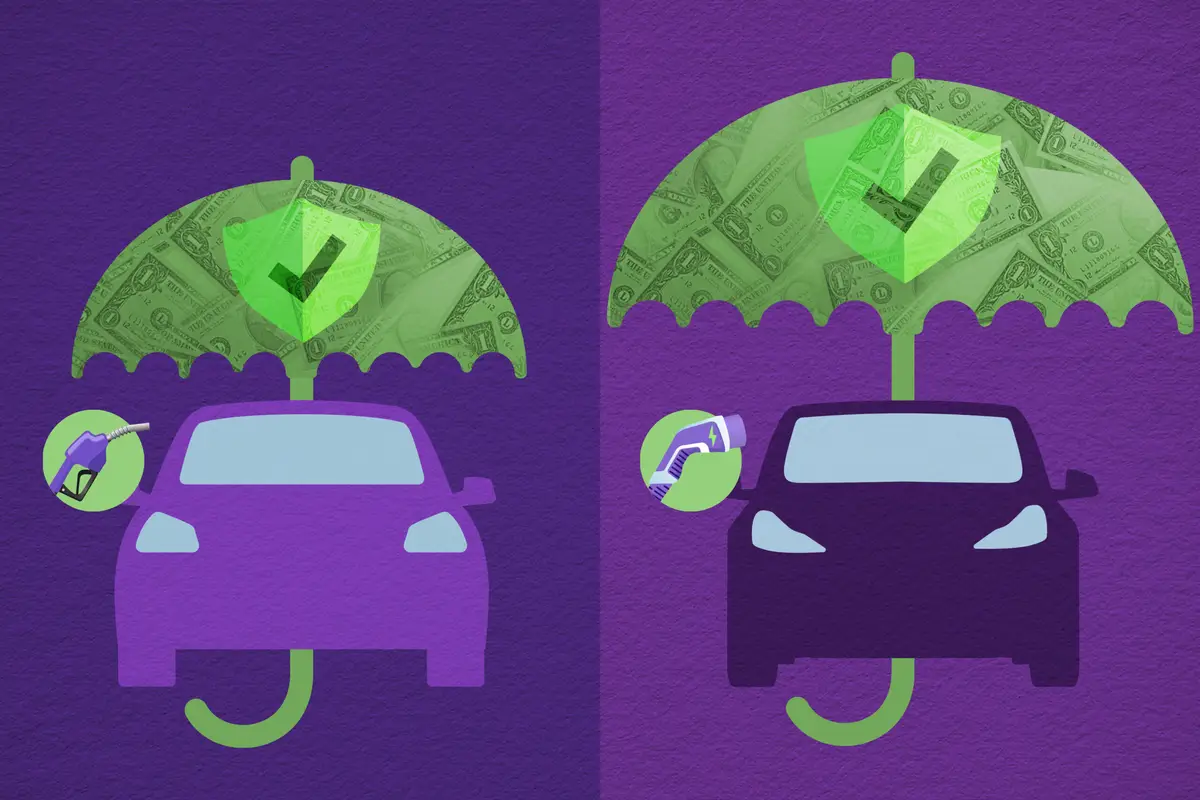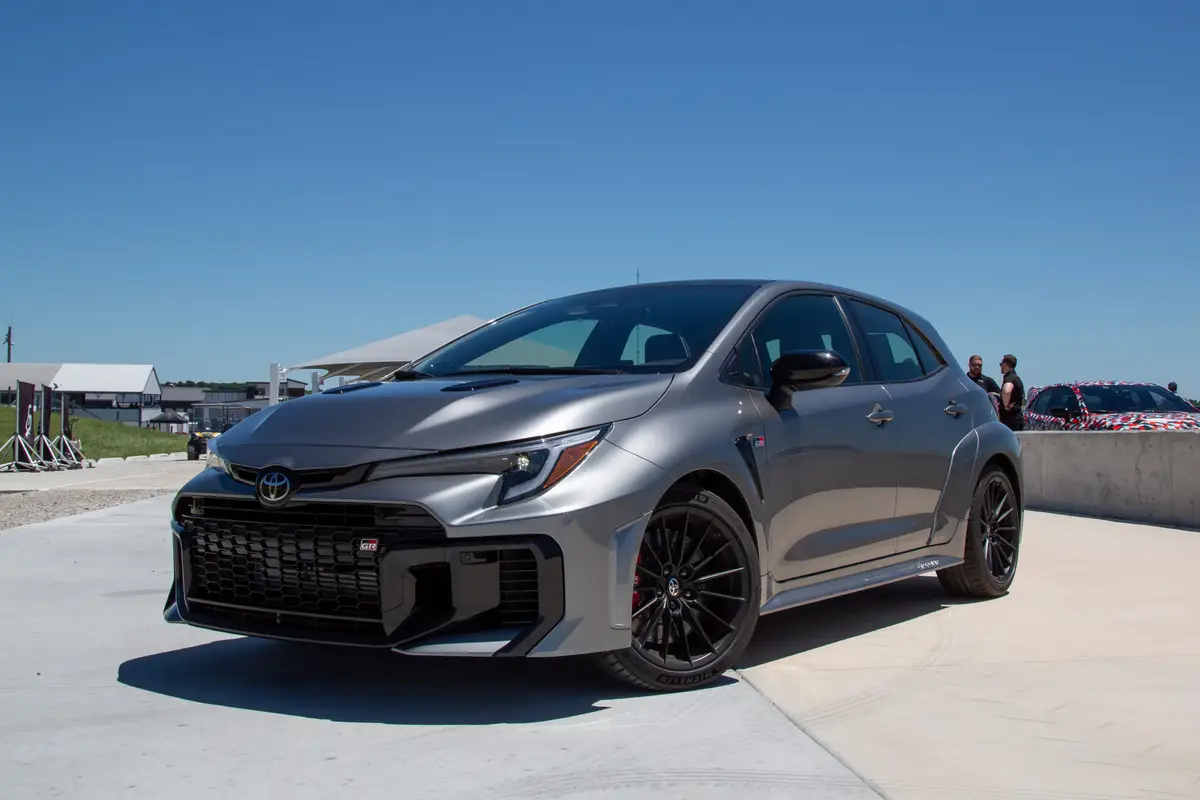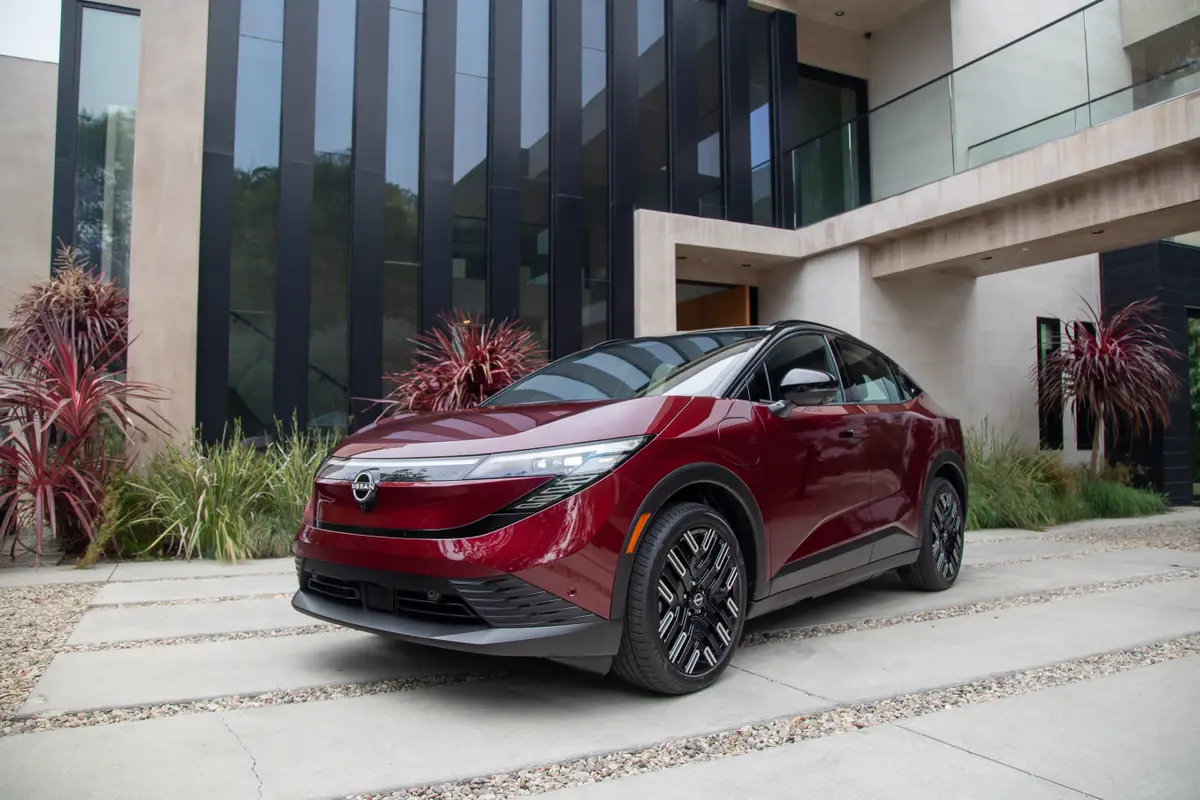Why Are EVs More Expensive to Insure Than Gas Cars?

As electric vehicles gain mainstream adoption, one challenge remains clear: Insuring them is significantly more expensive than traditional gasoline-powered cars. According to recent data from Experian, the average monthly premium for EV insurance is approximately 44% higher than gas-powered vehicles: $357 for EVs, compared to $248 for gas-powered vehicles.
The growing popularity of electric cars is largely driven by government incentives, lower fuel costs and environmental concerns. But some consumers already feel that the upfront price of EVs, which may also include the additional cost of charging equipment at home, is a barrier to ownership. And when they factor in the added expense of insurance, the financial case for going electric becomes more challenging, and potential buyers may think twice before switching to an EV.
Related: What Are the Hidden Costs of Owning an Electric Car?
Why Are Insurance Costs Higher for EVs?
EVs have higher insurance costs than gas-powered cars due to factors like expensive repairs, specialized parts and complex technology. While a driver’s history, location and personal circumstances also affect rates, the nature of EVs plays a significant role in their increased costs. Additionally, rising auto insurance rates overall make this disparity even more noticeable.
Higher Repair Costs and Specialized Maintenance
EVs require advanced technology and specialized labor, making repairs more expensive than for traditional internal combustion engine vehicles. Some key factors drive up these costs:
- Battery repairs: The drive unit battery is the most expensive component of an EV, and even minor damage can lead to a costly replacement. Though both can require labor-intensive work, replacing an EV battery is significantly more expensive than replacing a battery in a gas-powered vehicle as it may be integrated into the car’s frame, and costs can reach $6,500-$20,000. In some cases, insurers may choose to declare an EV a total loss rather than pay for extensive battery repairs. This may increase the frequency of high-cost claims, prompting insurers to charge higher premiums to offset the risks.
- Specialized components: EVs often use proprietary technology, meaning their parts are typically not interchangeable with those from other manufacturers. This limits repair options and increases expenses.
- Limited repair network: Gas-powered cars can be serviced at thousands of independent shops, but EVs require specialized maintenance from trained professionals. The limited number of certified technicians and repair facilities further drives up labor costs.
Longer Claim-Processing Times and Higher Payouts
Insurance companies consider the cost and frequency of claims when setting premiums. Factors making EV insurance claims more expensive include:
- Higher vehicle prices: On average, EVs are more expensive than gas-powered cars, leading to higher claim payouts when they’re damaged or totaled. Per Cars.com data, the average price of new EVs was $65,808 as of January 2025 — 34% higher than the overall new-vehicle average price of $49,000 and 37% higher than the $48,101 average price for all new internal combustion vehicles. For example, the base variant of a 2025 Tesla Model 3 starts at around $44,000 (before tax credits), while a comparable gas-powered sedan, such as the Honda Accord, costs about $29,000. Even hybrids typically start lower than an EV; for instance, the 2025 Toyota Prius starts around $29,000. Since insurance rates are partially based on a vehicle’s replacement value, the higher purchase price of an EV translates into more expensive insurance premiums, as replacing or repairing an EV after an accident is generally more expensive for insurers.
- More expensive repairs: While EV repair costs vary by model, studies show they are generally higher than gas-powered cars. A 2023 report, for instance, found EV crash repairs averaged $950 more, largely due to Tesla models; without them, the difference dropped to $269.
- Longer repair times: A 2024 report found that the average EV repair takes 15.6 days, compared to 12.7 days for gas-powered vehicles. Longer repair times translate to higher insurance costs, especially if rental car reimbursement is involved, according to Experian.
- Higher claim frequency: EV owners reportedly file more insurance claims overall. A 2024 LexisNexis Risk Solutions study found that EVs had a 17% higher claim frequency than traditional passenger vehicles. Meanwhile, a study by the Highway Loss Data Institute found EV repair claims were only 2% higher, with property damage claims 4% higher due to the vehicles’ weight. However, EVs had 19% fewer crash claims, suggesting they may be involved in fewer accidents overall.
How Do EV Insurance Losses Compare to Others?
Insurance losses vary by vehicle make and model, with EVs often incurring higher claim costs. HLDI provides data on insurance losses for different vehicle classes, showing how EVs compare to gas-powered and hybrid models across various coverage types.
For example, in HLDI’s most recent data, mid-size four-door EVs tend to have higher-than-average collision and property damage claims, with models like the Hyundai Ioniq 6 showing elevated losses compared to similar gas-powered vehicles. However, hybrids like the Honda Accord Hybrid and Toyota Camry have insurance claims that are closer to those of traditional gas-powered vehicles, making them a potential middle ground for consumers concerned about insurance costs.
Since insurers partially base their premiums on historical claims data, the higher repair costs and claim frequencies for EVs contribute to their increased insurance rates. However, as repair networks expand and battery technology improves, these costs may stabilize in the future.
Will EV Insurance Costs Go Down?
Experts believe EV insurance rates will eventually decrease as the industry adapts and the technology becomes more widespread. Here’s why:
- More repair shops and skilled technicians: As more mechanics receive training in EV-specific repairs, competition likely will increase, driving down labor costs. Currently, many EV repairs require manufacturer-approved service centers, limiting consumer choice and inflating prices.
- Improved battery technology: Automakers are developing modular battery systems that are easier and cheaper to repair or replace. This shift could reduce the risk of insurers declaring EVs as total losses after minor accidents.
- More data for insurers: As EV adoption grows, insurers are expected to collect more detailed repair cost data, allowing them to fine-tune pricing models. Early concerns over high claim payouts may ease as EV repair costs stabilize.
- Lower production costs: With scaling production and advancements in battery manufacturing, the cost of EV components and replacement parts should decline. This will lower repair costs and, in turn, decrease insurance premiums over time.
One surprising factor that may be helping to reduce insurance costs is that EVs are less likely to be stolen. HLDI research found that car thieves tend to avoid EVs, likely because they often require charging infrastructure, which can make the vehicles easier to track, and advanced security features make them harder to steal.
What Can You Do?
If you’re considering an EV, here are some steps to help manage insurance costs and make an informed decision:
- Get an insurance quote before you buy: Insurance rates vary widely between all-electric models. Before committing to a purchase, request quotes from multiple insurers to avoid unexpected costs.
- Compare insurance providers: Some insurers offer better rates for EVs than others, so shopping around can help you find the most affordable option.
- Look for discounts: Take advantage of savings programs like good driver discounts, bundling home and auto policies, and telematics-based programs that reward safe driving habits.
- Consider a higher deductible: Opting for a higher deductible can lower your premium, but make sure you have enough savings to cover the cost if you need to file a claim.
- Maintain a clean driving record: Safe driving can lead to lower rates over time, and many insurers offer discounts for accident-free records.
- Evaluate gap insurance: If you’re financing an EV, gap insurance can protect you from owing more than the car’s value in the event of a total loss. This is particularly useful for high-value EVs that depreciate quickly.
By taking these steps, you can keep your insurance costs manageable while enjoying the benefits of EV ownership. For now, though, EV owners should expect to pay higher insurance premiums, especially for newer or luxury models. However, as more affordable EV models enter the market, repair networks expand, battery technology improves and more data become available, EV insurance costs should become more competitive with gas vehicles in the coming years.
More From Cars.com:
- How to Buy a Car, According to Cars.com Experts
- Inside the Finance and Insurance Room
- Should You Buy a Hail-Damaged Car?
- What Is Gap Insurance?
- More Car-Buying Advice
Cars.com’s Editorial department is your source for automotive news and reviews. In line with Cars.com’s long-standing ethics policy, editors and reviewers don’t accept gifts or free trips from automakers. The Editorial department is independent of Cars.com’s advertising, sales and sponsored content departments.
Featured stories




